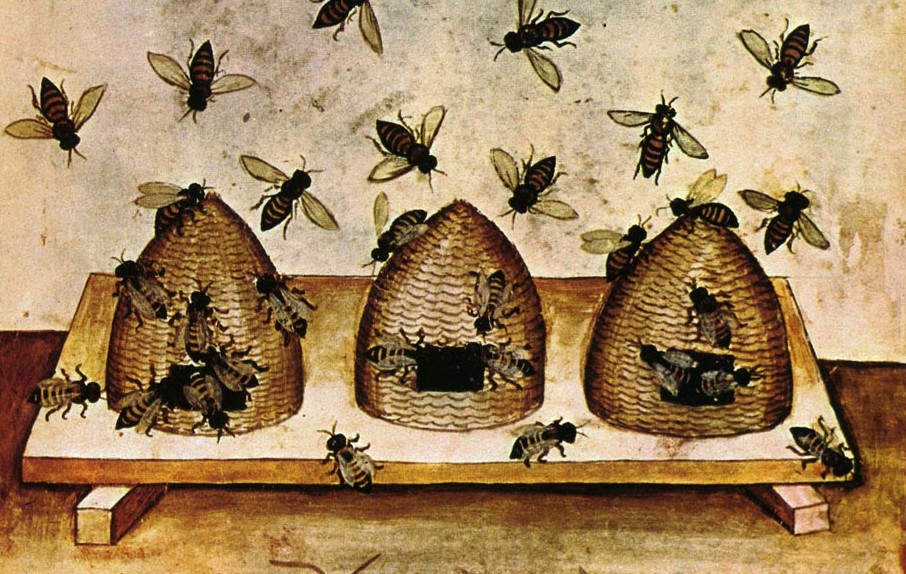Sorry to take the thread a bit off tangent, but considering how we wiped out entire species here in the past, and the (admittedly expensive and labour intensive) recent efforts succeeded in removing hedgehogs from the islands where they weren't native, one wonders if it might not be beyond us to have a concerted effort to remove the Asian hornets now. I suspect if we don't we'll be like the Americas and the African honeybee.
M
This is a good point. DEFRA have a taskforce which is aiming to keep the Asian Hornet from taking hold in the UK, but as always this can only really be achieved if everyone plays their part. All beekeepers (both hobbyists and commercial) should be monitoring for Asian Hornet activity, so we make sure it doesn't get a foothold in an area, before quickly expanding.




